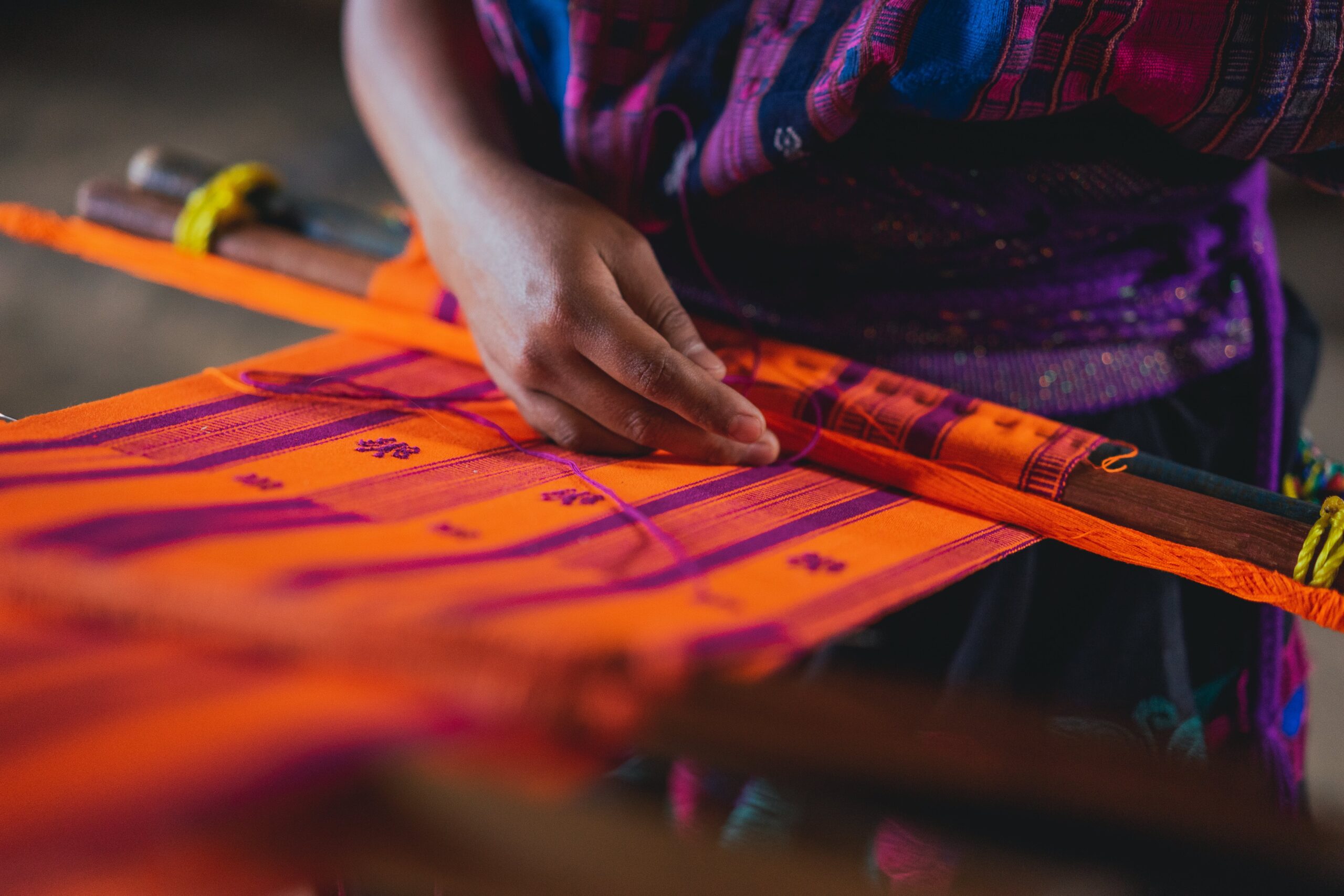Indigenous art is a rich and diverse tapestry of visual expressions that have been passed down through generations. It encompasses a vast array of styles, techniques, and materials, and it holds deep cultural and spiritual significance. Central to the understanding of Indigenous art is the recognition that every stroke, color, and symbol has meaning, often carrying a message of identity, history, and connection to the land.
In this article, we will embark on a journey to explore the symbolism and meaning inherent in Indigenous art, acknowledging the incredible diversity among Indigenous cultures worldwide.
The Diversity of Indigenous Art
Before delving into the symbolism and meaning of Indigenous art, it is crucial to emphasize the tremendous diversity among Indigenous cultures. Indigenous peoples are found on every continent, and each group has its own unique history, traditions, and artistic practices. From the intricate beadwork of the Plains Indians in North America to the bold, geometric designs of Australian Aboriginal art, Indigenous art defies categorization and continues to evolve within its cultural context.
The Importance of Storytelling
In many Indigenous cultures, art serves as a powerful form of storytelling. Oral traditions, passed down through generations, are often intertwined with visual art. These stories convey knowledge, history, and spiritual teachings, and they are frequently represented through symbols and imagery in Indigenous art.
Common Symbols in Indigenous Art
While the specific symbols and their meanings can vary greatly among Indigenous cultures, there are some common themes and symbols that appear across different regions and traditions. It’s important to note that the interpretations of these symbols can differ between communities and individuals, but some recurring motifs include:
1. Animals
Animals hold great significance in Indigenous art. They are often seen as spiritual beings or ancestors. Different animals can symbolize qualities like strength, courage, or wisdom. For example, the eagle is revered in many Indigenous cultures in North America as a symbol of vision, leadership, and spiritual connection.
2. Circles
Circles represent unity, wholeness, and the cyclical nature of life. They can symbolize the interconnectedness of all living beings and the ongoing cycles of birth, life, death, and rebirth.
3. Serpents and Snakes
In some Indigenous cultures, serpents and snakes represent transformation and rebirth. They are associated with water and the flow of life.
4. Spirals
Spirals are often used to represent journeys, both physical and spiritual. They can symbolize growth, progress, and the continuous evolution of life.
5. Dots and Lines
Dots and lines are essential elements in many Indigenous art forms. They can represent everything from ancestral tracts and pathways to connections between people and the land. In Australian Aboriginal art, for example, “dot painting” is a well-known technique that uses these elements to depict landscapes and Dreamtime stories.
6. Handprints
Handprints are common symbols of identity and connection to one’s ancestors and community. They can also signify a person’s presence in a particular place or time.
7. Masks and Masks
Masks are often used in Indigenous ceremonies and rituals, serving as transformative tools that allow the wearer to embody the spirit of the mask. They symbolize the connection between the human and spirit worlds.
The Importance of Color
Color is a fundamental element of Indigenous art, and it carries its own symbolic meanings. Different cultures attach varying significance to colors, but some common associations include:
1. Red
Red is often associated with life, energy, and blood. It can also symbolize love, passion, and vitality.
2. Blue
Blue is frequently linked to water, which is essential for life. It can represent purity, healing, and the flow of energy.
3. Yellow
Yellow is associated with the sun, light, and warmth. It symbolizes positivity, growth, and enlightenment.
4. Black
Black often symbolizes the earth, night, and the unknown. It can also represent the spirit world and the ancestors.
5. White
White signifies purity, peace, and the spirit world. It is often used in ceremonial and spiritual contexts.
Indigenous Art Around the World
Indigenous art is not limited to one region or culture but can be found across the globe. Let’s explore some notable examples from various Indigenous communities:
1. Australian Aboriginal Art
Aboriginal art is renowned for its use of dots, lines, and vibrant colors. Each painting tells a Dreamtime story, which is a creation myth and spiritual narrative. The intricate patterns and symbols convey the interconnectedness of people, land, and spirituality.
2. Northwest Coast Indigenous Art
The art of Indigenous peoples in the Pacific Northwest is characterized by its bold, stylized representations of animals, people, and spirits. Totem poles, masks, and ceremonial regalia are common forms of expression, often conveying clan histories and social status.
3. Inuit Art
Inuit art from the Arctic regions of Canada and Greenland often features sculptures carved from stone, bone, and ivory. These sculptures depict animals, people, and spirits, reflecting the Inuit way of life and their deep connection to the natural world.
4. Native American Ledger Art
Ledger art, which originated in the Plains region of North America, emerged in the late 19th century as Indigenous peoples adapted to new materials. Artists used ledger books, paper, and colored pencils to depict scenes from daily life, battles, and ceremonies. These artworks provide insights into historical events and cultural resilience.
5. Maori Art
Maori art from New Zealand is characterized by intricate wood carvings, tattooing (known as “moko”), and woven textiles. These art forms often feature distinctive Maori symbols, known as “koru” and “hei-tiki,” which represent new life, growth, and ancestry.
Contemporary Indigenous Art
Indigenous art is not confined to the past; it continues to thrive and evolve in contemporary contexts. Indigenous artists today draw on their cultural heritage while pushing the boundaries of traditional forms. Their works address issues such as identity, colonization, environmental conservation, and social justice.Contemporary Indigenous artists use a wide range of mediums, including painting, sculpture, photography, performance art, and digital media. Their art challenges stereotypes, celebrates resilience, and offers new perspectives on the complex intersections of tradition and modernity.
Respect and Collaboration
Appreciating and understanding Indigenous art requires more than just acknowledging its symbols and meanings; it necessitates respect for the cultures and communities from which it emerges. It is crucial to recognize that Indigenous art is not a static relic of the past but a living, evolving tradition.Furthermore, when engaging with Indigenous art, it is essential to consider issues of cultural appropriation and to seek opportunities for collaboration and support. Supporting Indigenous artists, learning about their cultural contexts, and engaging in respectful dialogue can contribute to a more profound appreciation of Indigenous art and the rich tapestry of Indigenous cultures worldwide.
Conclusion
Indigenous art is a testament to the depth, diversity, and resilience of Indigenous cultures across the globe. Its symbols and meanings reflect the interconnectedness of people, land, and spirituality, as well as the enduring strength of Indigenous traditions. As we explore Indigenous art, it is incumbent upon us to approach it with respect, curiosity, and a willingness to learn from the stories and perspectives embedded within each stroke, color, and symbol. In doing so, we can contribute to the celebration and preservation of Indigenous art and its vital place in our shared global heritage.



